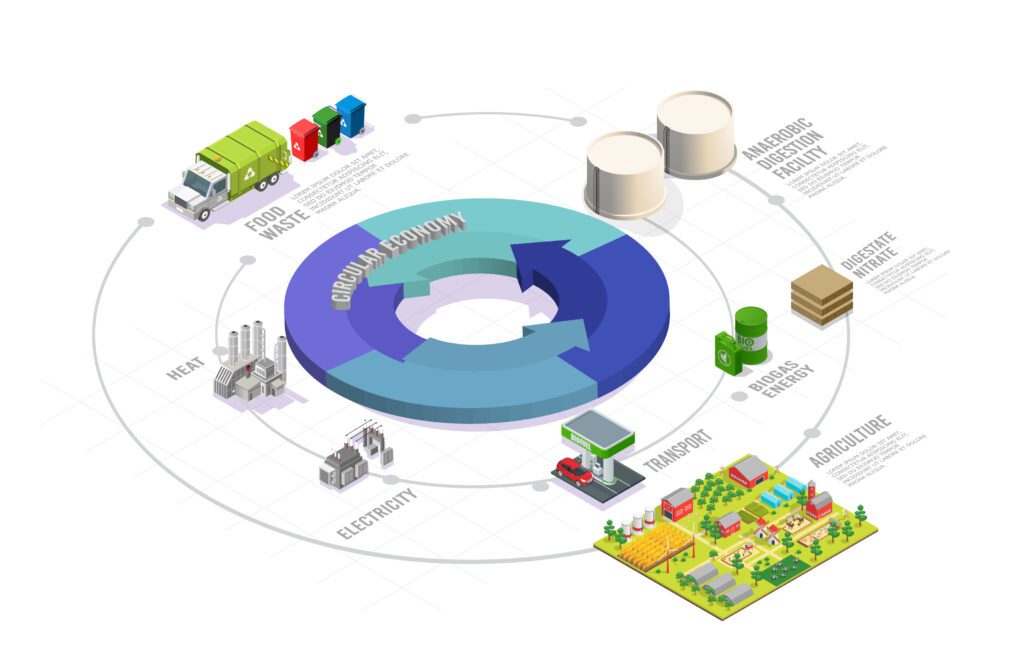Char is a solid form of carbon that is typically found in the form of coal, coke or gas. It also refers to the processed product which is derived from coal or other carbon-containing materials. In an earlier era, burning of wood used to produce charcoal and this process was called burning “char”. Nowadays, burning wood in power plants and furnaces produces almost all the charcoal used in industry. Additionally, burning char produces a lot of carbon dioxide—a greenhouse gas contributing to climate change. However, the processing of char into different materials has made it suitable for use in many applications.
Char is used to manufacture many products and components such as bricks, cement, black powder for firearms and ammunition, glass, textiles and papermaking materials. In addition, char is a solvent for many compounds such as gun powder and carbon black. Furthermore, char can be electro-catalyzed to produce hydrogen at high pressures and temperature through reduction of carbon monoxide with a metal catalyst. Bio-based materials are increasingly replacing fossil-based ones for use in products and components. For instance, bio-based plastics are gaining popularity due to their eco-friendly properties compared with fossil-based plastics.
Bio-based materials are primarily derived from lignocellulosic biomass such as plant or animal sources like wood, straw or hemp fibers respectively. Other bio-based materials are derived from amino acids such as protein based resins or polyamides which can be mixed with different binders like polyvinyl acetate or epoxy compounds to produce composite material components. Bio-based products have lower energy demanding compared with their fossil-based counterparts since they are comparatively cheaper to produce and possess superior thermal stability. In addition, bio-based products do not contribute significantly to greenhouse emissions since they do not contain CO2 emitting substances like fossil fuels do.
Products and components made from bio-based materials have promising properties compared with their fossil-based counterparts due to their lower production cost as well as ecofriendliness compared with fossil fuels’ impact on the environment. For instance, biocomposites have higher mechanical properties than conventional ones because they contain renewable resources like polylactic acid (PLA) derived from corn starch or soybean oils instead of petroleum based raw materials like polyethylene (PE). Furthermore, biocomposites possess good fire retardancy since they contain fire retardant additives like halogenated paraffin waxes derived from waste oil hydrocarbon fractions which suppress combustion during fires/firesetting accidents. Charcoal is a byproduct when agricultural residues decay under humid conditions; however it has very low combustibility compared with other types of charcoal such as lump charcoal produced from hard woods via pyrolysis that yields more heat causing agents like volatile compounds produced by the raw material constituents when burned— thus producing more greenhouse gases producing combustion byproducts such as CO2 emissions during kiln firing processes using coal as fuel source— thus contributing more significantly to global warming due potabilizer firespotting local areas using mineralized water contaminated by agricultural activities draining local soils into local watercourses/drainage basins via erosion practises leaching out agricultural chemical pesticides into local groundwater supplies polluting watersheds via runoff causing contamination of drinking water sources causing fish kills etc.. Therefore the use of biocombustible resources yields less fire hazards than using nonbiocombustible resources does— just like how nonbiodegradable plastic products yield less plastic pollution than degradable versions do— where there is more pollution caused by plastic trash clogging up rivers/streams etc.. The problem lies in our waste disposal systems where nonbiodegradable trash causes even more damage than biodegradable trash does since degradation occurs at a slower rate when nonbiodegradable trash produces even greater amounts of damage since there are more unsanitary nonmicrobiological pollutants leaching into local environment causing even more damage via



